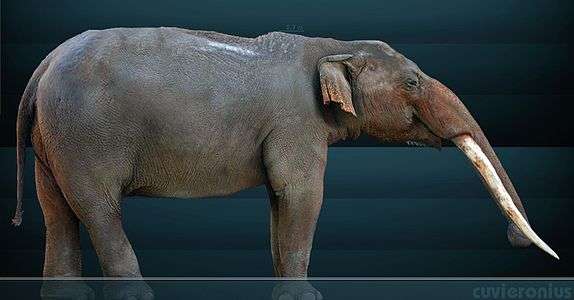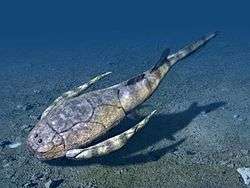Balanerodus
Balanerodus is an extinct genus of alligatorid crocodylian.[1] Fossils have been found from the Fitzcarrald Arch in the Peruvian Amazon and the La Victoria Formation of the Honda Group in Colombia and date back to the Friasian and Laventan regional South American land mammal ages of the Middle Miocene.[2][3]
| Balanerodus | |
|---|---|
| Scientific classification | |
| Kingdom: | |
| Phylum: | |
| Class: | |
| Order: | |
| Family: | |
| Genus: | Balanerodus Langston, 1965 |
| Species | |
| |
Description
It was an atypical crocodile with mysterious acorn-like teeth and co-existed with many other crocodiles, which were more diverse at the time period than they are today, including terrestrial predatory crocodile Langstonia, the massive Purussaurus, and flat headed duck-like Mourasuchus. Its teeth and the diversity of crocodiles suggest it occupied a different niche than they did.[4] Another animal with acorn-like teeth is the Vaquita.[5]
References
- Carroll, R.L. 1988. Vertebrate Paleontology and Evolution. WH Freeman and Company, New York ISBN 0-7167-1822-7
- Balanerodus at Fossilworks.org
- Salas-Gismondi, R.; et al. (2007), "Middle Miocene Crocodiles From the Fitzcarrald Arch, Amazonian Peru" (PDF), in Díaz-Martínez, E.; Rábano, I. (eds.), 4th European Meeting on the Palaeontology and Stratigraphy of Latin America, Madrid: Instituto Geológico y Minero de España, pp. 355–360, ISBN 978-84-7840-707-1
- Croft, Darin. Horned Armadillos and Rafting Monkeys. pp. 93–94.
- "Vaquitas". MarineBio Conservation Society. Retrieved 8 November 2019.


.jpg)
